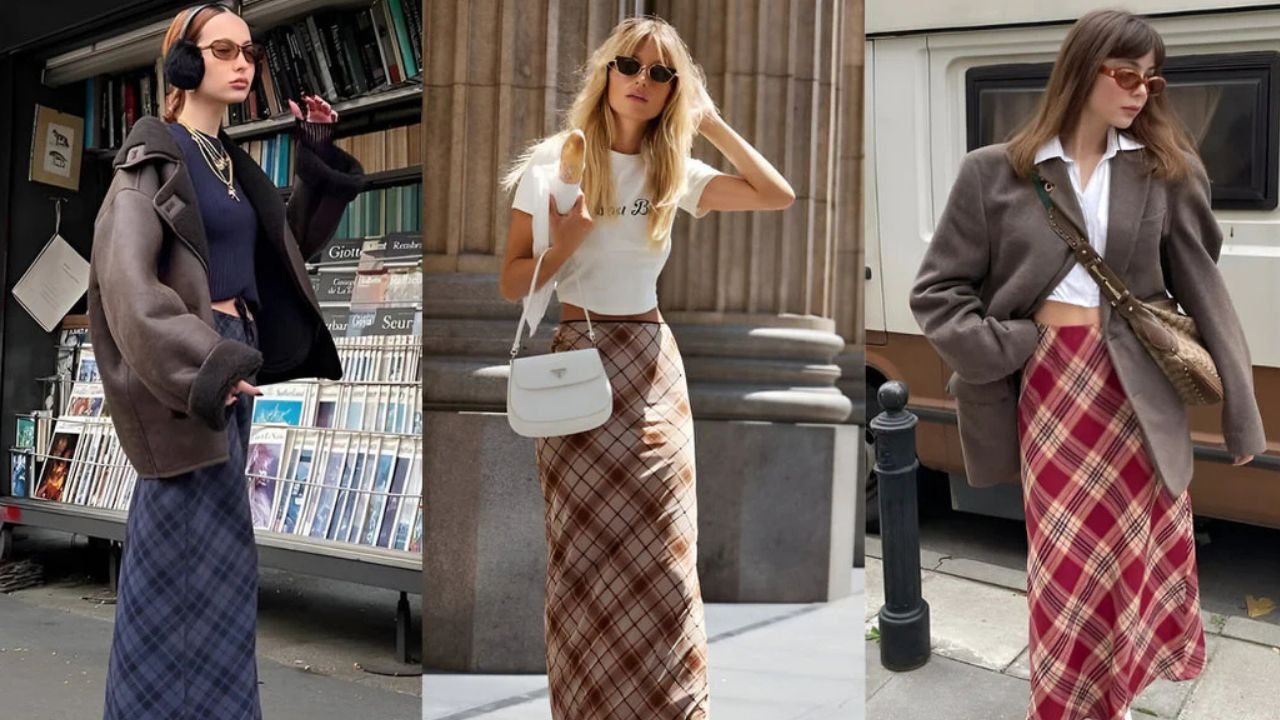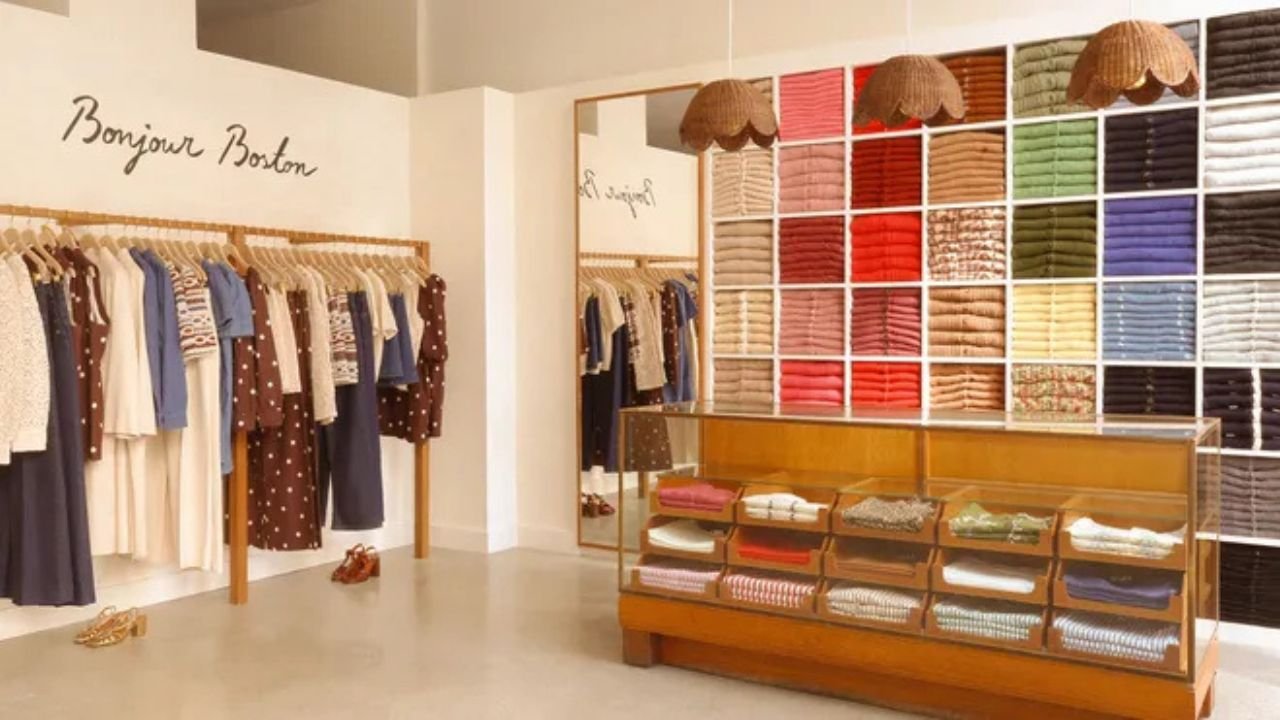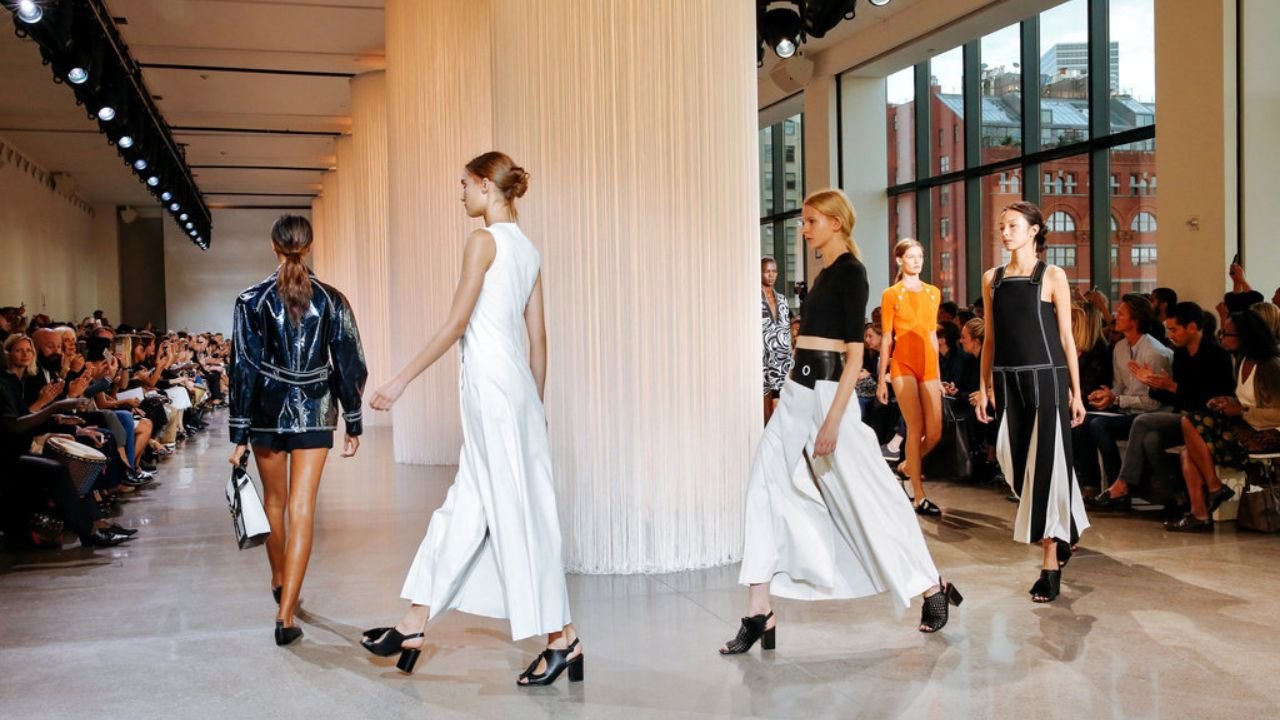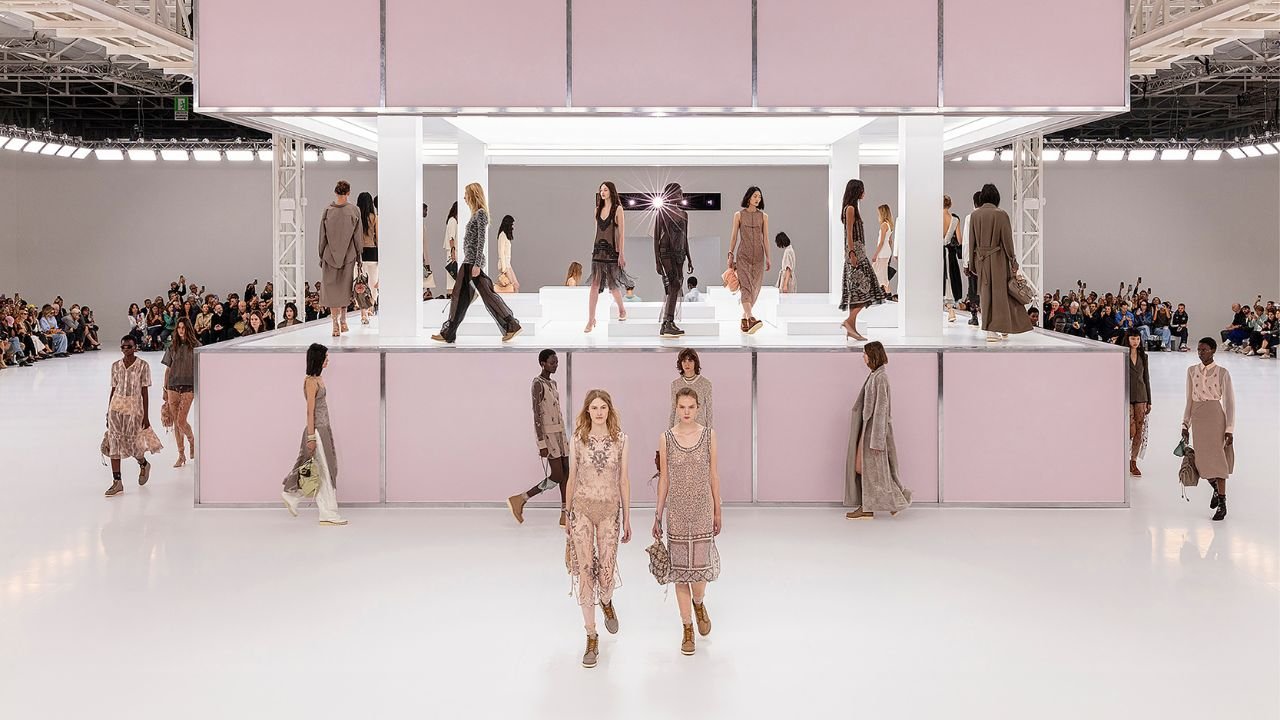Introduction
Fashion is a reflection of culture, history, and individual identity. Among the many patterns that have stood the test of time, plaid—with its rich heritage and versatile appeal—has been a perennial favorite. Particularly within the preppy aesthetic, plaid has become an emblem of classic sophistication, collegiate charm, and timeless style.
In this Trend Talk, we delve into the world of preppy plaid: exploring its origins, evolution, cultural significance, styling techniques, key designers, and future directions. From Ivy League campuses to runway shows, preppy plaid remains a mainstay, adapting to changing tastes while retaining its core identity.
The Origins of Plaid: A Heritage Rooted in History
Early Roots and Scottish Heritage
Plaid, also known as tartan, traces its origins to Scotland, where it was historically used to identify Scottish clans. Each clan had its unique tartan pattern, serving as a symbol of heritage, identity, and social status.
The earliest recorded tartan patterns date back to the 16th century, with woven wool fabrics used by Scottish Highlanders. These patterns were deeply tied to regional and family distinctions, and their significance extended beyond fashion into cultural pride and tradition.
Tartan in Europe and Beyond
Tartan’s influence spread beyond Scotland, gaining popularity across Europe and eventually the world. In the 19th century, the British royal family, notably Queen Victoria and Prince Albert, embraced Scottish tartans, elevating them from regional symbols to fashionable attire.
Transition to Civilian and Fashion Use
By the late 19th and early 20th centuries, tartan patterns made their way into civilian clothing, especially in England and America. The pattern’s association with tradition, aristocracy, and heritage made it appealing across social classes.
The Emergence of Preppy Style and the Role of Plaid
The Birth of the Preppy Aesthetic
The preppy style, derived from the fashion of students at elite American preparatory schools and Ivy League universities, emerged prominently in the mid-20th century. It is characterized by clean-cut, classic, and polished looks reflecting upper-class leisure and academic excellence.
Clothing staples include polo shirts, chinos, loafers, cable-knit sweaters, and, notably, plaid shirts and skirts. The preppy look became a symbol of sophistication, tradition, and understated elegance.
The Role of Plaid in Preppy Fashion
Plaid became the quintessential pattern for preppy attire, especially in the form of madras shirts, pleated skirts, blazers, and accessories. Its vibrant yet classic appearance encapsulated the collegiate spirit and aspirational lifestyle associated with the preppy aesthetic.
The association was solidified through brands like Lacoste, Ralph Lauren, and Brooks Brothers, which popularized plaid patterns as emblematic of preppy fashion.
Cultural Significance and Iconography of Preppy Plaid
The Ivy League and Campus Culture
Preppy plaid is deeply intertwined with the Ivy League and Northeastern American college culture. It symbolizes tradition, heritage, and a sense of belonging.
- Madras shirts: Brightly colored plaid shirts became a staple in summer wardrobes, especially for activities like sailing and tennis.
- School uniforms: Many prep schools adopted plaid skirts and blazers, reinforcing its association with discipline and tradition.
Pop Culture and Media Influence
The preppy plaid aesthetic gained mainstream popularity through movies, TV shows, and celebrities:
- The Official Preppy Handbook (1980) cemented plaid as a core element of the preppy identity.
- Films like The Great Gatsby and The Talented Mr. Ripley showcased the sophistication and aspirational qualities associated with plaid.
- Celebrities like Ralph Lauren himself, as well as icons like Grace Kelly and JFK Jr., sported plaid pieces, elevating its status.
Social Connotations
Over time, plaid in the preppy context has come to symbolize:
- Heritage and tradition: Connection to history, academia, and aristocratic leisure.
- Cleanliness and order: The neat, symmetrical patterns evoke discipline.
- Upper-class leisure: Polo matches, yacht clubs, and country clubs often showcased plaid attire.
The Evolution of Preppy Plaid: Decades of Style
1950s-1960s: The Rise of Ivy League Elegance
During this period, preppy plaid was characterized by:
- Madras shirts in bright colors and lightweight cotton.
- Pleated skirts for women, often in plaid patterns.
- Lacoste polo shirts paired with khakis.
- Classic blazers with tartan lining.
The focus was on comfort, tradition, and understated sophistication.
1970s-1980s: The Preppy Revival and Mainstream Adoption
Preppy style became more visible outside college campuses:
- Ralph Lauren launched his eponymous brand, promoting the Ivy League aesthetic with plaid shirts, blazers, and accessories.
- The preppy look was adopted by celebrities like Brooke Shields, and it became a symbol of wealth and leisure.
- The Madras craze expanded, with colorful plaid shirts popularized in summer fashion.
1990s: The Preppy Resurgence and Subcultural Refinement
During the ’90s, preppy plaid experienced a comeback:
- The “Clueless” film showcased plaid skirts, blazers, and accessories, blending preppy with teen fashion.
- Brands like Tommy Hilfiger and Polo Ralph Lauren continued to dominate.
- The look became more playful, with layering and mixing patterns.
2000s-2010s: The Preppy Revival and Hybrid Styles
In recent decades, preppy plaid has evolved:
- Preppy mixed with streetwear: Plaid flannel shirts layered over hoodies, or paired with sneakers.
- Sustainable and eco-friendly fabrics: Brands introduced organic cotton and environmentally conscious dyes.
- Gender-neutral styling: Plaid shirts and skirts worn unisex.
The 2020s: The Modern Reinterpretation
Today, preppy plaid is more diverse and inclusive:
- Oversized shirts and relaxed fits.
- Muted and earthy tones alongside traditional bright hues.
- Use of luxury fabrics like cashmere and silk.
- Mixing patterns: Plaid with florals or stripes.
- Sustainable fashion: Brands focus on eco-conscious manufacturing.
Styling Preppy Plaid: Tips and Tricks
Classic Preppy Looks
- Madras shirt + khakis: The quintessential summer preppy look.
- Pleated plaid skirt + cable-knit sweater: Perfect for fall.
- Blazer with plaid lining + chinos: For a polished, collegiate vibe.
- Polo shirt + loafers + plaid accessory: Casual yet refined.
Modern Twists
- Layering: Plaid shirts over turtlenecks or under sweaters.
- Mixing patterns: Combining plaid with stripes or florals for visual interest.
- Neutral tones: Pairing muted plaid with minimalist accessories.
- Athleisure integration: Wearing plaid shirts with joggers or sneakers for a contemporary spin.
Accessorizing
- Scarves: Plaid scarves add a classic touch.
- Bags and shoes: Incorporate plaid patterns through bags, shoes, or hats.
- Jewelry: Minimalist gold or silver pieces to elevate the look.
Key Designers and Brands Influencing Preppy Plaid
Ralph Lauren
Arguably the most iconic ambassador of preppy style, Ralph Lauren’s collections have defined the aesthetic with timeless plaid shirts, blazers, and accessories.
Brooks Brothers
Established in 1818, Brooks Brothers has long been associated with traditional American prep, featuring classic plaid patterns and tailored pieces.
J. Crew
Known for affordable, stylish preppy staples, J. Crew popularized plaid shirts and skirts in the casual and collegiate wardrobe.
Lacoste
Bringing sporty elegance, Lacoste’s polo shirts and plaid accessories have become staples of preppy fashion.
Vineyard Vines
This brand blends coastal lifestyle with preppy plaid, especially in its shirt collections and accessories.
Emerging Brands
- L.F. Markey: Focused on sustainable fabrics with modern plaid pieces.
- Gant: Combining European and American prep influences.
- Eco-friendly labels: Using organic and recycled fabrics to reinterpret classic plaid.
The Future of Preppy Plaid: Trends and Innovations
Sustainability and Eco-Consciousness
As consumers grow more environmentally aware, brands are:
- Using organic, recycled, or eco-friendly fabrics.
- Implementing sustainable dyeing processes.
- Promoting slow fashion with timeless plaid pieces.
Digital and Tech-Driven Design
- Digital printing allows for intricate, customizable plaid patterns.
- Augmented reality (AR) fitting rooms enhance shopping experiences.
Inclusivity and Diversity
- Expanding the preppy aesthetic to appeal to diverse body types and cultures.
- Featuring models of all ages, sizes, and backgrounds.
Hybrid Styles and Genre Blending
- Combining preppy plaid with streetwear, grunge, or boho elements.
- Mixing patterns and textures for eclectic looks.
Global Influence
- Incorporation of global textiles and motifs into plaid patterns.
- Fusion with traditional patterns from different cultures.
Conclusion
Preppy plaid remains a symbol of timeless elegance, tradition, and versatility. Its rich history rooted in Scottish heritage, combined with its evolution through decades of fashion trends, exemplifies its enduring appeal. Whether seen on Ivy League campuses, high-fashion runways, or street style corners, plaid continues to adapt, innovate, and inspire.
As fashion moves toward sustainability, inclusivity, and personalization, preppy plaid’s future looks vibrant. It’s a pattern that bridges the past and present, paying homage to tradition while embracing modern innovation.
In essence, preppy plaid is more than just a pattern; it’s a cultural icon that encapsulates a lifestyle—classic, confident, and forever in style.




